Part 2: …From the Ashes Return: New Connections from Warszawa, PL to Berlin, GE
Rather than focus on history, as in the last blog, let’s instead focus on the modern Poland and the modern Germany. My experiences in both of these locations revealed two culturally rich and friendly countries.
Marie Skłodowska Curie, born Maria Salomea Skłodowska, was born in the city of Warszawa and there is a museum in the city in her honor. Unfortunately, it was closed for renovations during my visit. Marie Curie is the first woman to ever receive a Novel Prize, the first person and only woman to win two Nobel Prizes and remains the only person to ever receive a Nobel Prize in two different categories: Physics (1903) "in recognition of the extraordinary services they have rendered by their joint researches on the radiation phenomena discovered by Professor Henri Becquerel" and Chemistry (1911) “in recognition of her services to the advancement of chemistry by the discovery of the elements radium and polonium, by the isolation of radium and the study of the nature and compounds of this remarkable element."
Picture 1 (left): After the destruction of most of the city, many building still left standing were in bad shape. For most of the buildings that were destroyed, land ownership was sacrificed so that the projects could be built by either the government or private companies (picture 2 on right). However, due toland ownership disputes, some buildings have not yet been repaired since private investors do not want to renovate buildings that they cannot legally own. In Warszawa, many buildings and plots still stand as they did after the war with who can claim rightful ownership locked up in legal battles.
As stated in the last blog, the city of Warszawa was nearly completely destroyed during WWII. Now, however, the city is very beautiful and lush. On the first day, I go on a walking tour and meet a friendly Indian man with whom I enjoy dumplings with after the tour. We talk about traveling alone and being away from family for prolonged periods of time.
The next day, I decide to visit a large stadium which was used during the Euro Cup in 2012 and is now used as the home stadium for the Poland national football team and as a kind of community center for the people of Warszawa. People in Warszawa explain the construction of this building in the following way:
“The people of Poland are very proud of their football- it is a national pastime- however, they are not very good at it. For this reason, they never find themselves competing in the World or Euro Cup because they never meet the requirement for entrance. Nevertheless, there is one way for a football team to compete in the Euro Cup without having to meet these qualifications- the host country of the Euro Cup always gets to compete. So, the Polish put in a bid to host, won the bid, and built this giant stadium so that the Polish could finally watch their team compete. They didn’t do very well that year.”
Leading up to the stadium, there is a go-kart track. In addition, there are signs posted everywhere that say “Please, skate, rollerblade, and ride your bike here.” In the parking lot next to the stadium, I stumble across a couple of dudes doing some burnouts and doughnuts in their cars so naturally I go over and record them. I have included the antics below:
Adjacent to the parking lot of the stadium is a very large community park. I spend most of my second day in Warszawa here walking around and taking in the flowers. I even have myself a picnic in the middle of a field. While walking around at the park, I do some real soul searching, still getting over the incident in Gent. A day in the park, away from people and history, is exactly the refreshment I needed.
That night, coming home from the park, I notice a giant planetarium out by the central river that runs through the city. I venture in to see what’s on to discover that the only show left for the evening is a planetarium show set to the Pink Floyd album titledDark Side of the Moon. What a pleasant surprise! Ticket please!
Meteoryty from nowhere other than Tucson, Arizona.
In Krakow, I quickly meet an Australian couple and some of their friends. I also discover that, without my knowledge, I am staying in Krakow during World Youth Day. I know, that sounds really cool, especially for someone that does so much youth outreach. However, in actuality, this means that the Pope is in town to deliver sermon to the people. Because of this, the streets are absolutely packed with tourists. I’ve been told by the locals that nearly half of the local population has left town for this event simply because they do not want to deal with traffic and congestion. Although I do not get to see the Pope personally during my visit, I am still excited to be in the city at this time.
Anyway, to get away from all the traffic, the Australians and I decided to catch a taxi to a nearby quarry named Zalew Zakrzówek. The quarry was originally a calcium mine that has been converted into a recreational area where people can swim and scuba. Here, we meet a couple of friendly locals- I was told, but cannot confirm, that an old military plane has intentionally been placed at the bottom of the quarry so that scuba divers have something neat the check out when they are underneath the water. The water at the quarry is absolutely perfect. Imagine a lake completely filled with rainwater- very moderate, very soft, and crystal clear. We find a place to cliff jump just before a rain storm comes through. I captured a bit of the rain storm and share it here:
One of the highlights for me around town was discovering a pinball museum. For $10 a day, you get all access to play any pinball game as many times as you like! I also saw a lot of beautiful buildings around the city which I highlight below:
The last city I am going to talk about in Poland is Gdansk (formally Danzig under German rule). I am staying at a hostel here called the Mama’s and Papa’s hostel. For those of you familiar with old pop from the USA, I’m sure you recognize the hostel’s name. The owner of the hostel is lovingly referred to as Papa- he wears a Grateful Dead t-shirt every day of the week has a large collection of eclectic CDs in the break area for the guests to enjoy. While I was in there working on my blog, I put on Maggot Brain by Funkadelic. He came up the stairs to show a new guest the break room and heard what I was listening to. “You know Funkadelic?” he asked. “Of course, I put it on.” Then he approached the stereo. I expected him to turn it down so that he could more easily explain the rules of the hostel to the new guest. Instead, he took the time to quit talking to the guest, ask me about Funkadelic, and then turn it up even loader. This guy was terrific!
Later that night, we had a barbeque where Papa bought everyone more Polish sausages than they could eat. After dinner, all the guests hung out in the music room and talked about their professions. One of the temporary employees was working on her PhD in arts. This is how I learned about Hobbit Piles and all kinds of strange sexual Lord of the Rings Fan-fiction. One of the guests named Theo told me about a project a friend, Peter Mooij, is doing at Delft in the Netherlands. He is looking at ways to use microalgae to produce lipids that can be used as a fuel alternative to fossil fuels to curtail global warming. This research is occurring on a large scale all around the world.
I am in Gdansk only one day to watch a Kraftwerk concert at theOpera Lesna (the opera in the forest). Kraftwerk is a German band from the late 1960’s and is an early pioneer in electronic music. I love the idea of, despite the conflicted past between these two countries, the music of these four dudes on synthesizers can bring everyone together for a night in the forest.
On my to the opera, I have absolutely no idea how to tell which train I need to take. This is the first city I’ve been to in which Google as not provided me with an extensive list of public transportation options to travel from one place to another. In addition, the train station I am using is not used by many people and the signage is very poor. The trains themselves appear to have no marking on the outside to indicate which train is going to which location. So, I ask the first (only) person I find at the station how to tell which train is the right one. He doesn’t speak a word of English. Yet, somehow between pointing, shrugging, laughing, smiling, Google Translate, and a can of beer, he manages to get me on a train. Coincidentally, the train he is waiting for is the same train I am waiting for. Not only does he get me on the correct train, but he pays for my ticket as well. “America, friend. Poland, friend.” “Yes!” I reply. I shake hands and leave the train.
In Dresden, I spend the first day looking at the town, visiting the art museum, and taking in the history. I visitedGrünes Gewölbe, or the Green Vault, which contains the largest collection of treasures in Europe and the Martin Luther memorial statue. That night, an American in the hostel tells me about a National Park nearby named Saxon Switzerland (Sächsische Schweiz). Perhaps the most famous depiction of this park is in a painting called “Wanderer Above the Sea of Fog” by Caspar David Friedrich. This national park is amazing- it’s adjacent to a series of quaint villages, contains miles of trails, exquisite views, and a train line runs directly to the park and drops passengers off at multiple trailheads. Dresden is, without a doubt, a city worth returning too solely for staying in this park and in the villages around it for a prolonged period of time.
In Leipzig, I am meeting up with my friends Andrian and Samuel that I met in Porto, Portugal. I am really looking forward to this week in Leipzig because I feel that I need to be around some people of whom I am already acquainted so that I can relax and get my mind off of theincident in Gent. The family is extremely welcoming and holds a barbeque during my visit. In Leipzig, I visit the Leipzig zoo-the second most amazing zoo in Europe according to the internet- the most amazing zoo is supposedly somewhere in Austria. This zoo has a large dome that can be seen from outside the zoo. The dome looks something straight out of the Simpson’s Movie and inspired by Biosphere II. I have put some video of zoo animals below:
In the main city, Adrian shows me all of the major city attractions. I also have an opportunity to catch a glimpse at some of the refugee camps which have been established in the city of Leipzig. They are essentially villages made out of cargo containers that are meant to serve as temporary residences for the large influx of refugees coming to Germany as a result of the influx of Syrian refugees.
I also get a chance to see a Trabi in action! A Trabi is an old Easter Germany automobile that was manufactured during the communist rule in Eastern Germany. The idea behind the car was that it was meant to be a car that everyone could own. At only 1,100 pounds, this baby sports a two-stroke, two cylinder engine producing 26 horsepower and taking only 21 seconds to blast from 0 – 62 mph- its maximum speed. The car is essentially a tin can with a wind-up motor in it, but has inspired many modern enthusiasts:
The last thing we do in Leipzig is enjoy about a ten mile bike ride to an open air festival being held on a beach in the park. At the open air festival, we hang out in the sand all day, drink beers, and people watch. Here, I also meet a friendly Russian dude drinking Budweiser- which is a lager produced in the Czech Republic with no relation to Anheuser Busch.
My city of departure from the European Union is Berlin, Germany. (Before my travel to Berlin, I visit DSMZ in Brunswick, but I have a separate blog coming up for that trip.) Berlin is unlike any of the other German cities I’ve visited. The level of poverty and homelessness in Berlin is much more apparent compared to the other cities. Graffiti is almost everywhere in the streets. One of the first people I meet in Berlin is a friendly woman who helps me get on the correct train to my hostel. She has been living in Berlin for over thirty years and remembers the day the wall came down. She tells me that no one could believe it had happened and that there was a big party in the street.
In Berlin, I mainly walk around the city looking at sculptures and seeking out German records at local record stores (a long time dream of mine). I also get aproper donor kabab in Berlin which, according to many Germans, was invented by a Turkish immigrant living in Berlin. I get a chance to visit the outside of the Radio Tower, the largest structure in Berlin- it was built by the communists to show off to the West how influential and powerful Eastern Germany was becoming. The running joke is that it was a bit of a compensation move by the East, given they only had one television channel to broadcast.
Germany was exactly as I expected and much more. The generosity of the Schneiders family and the many places I visited in Leipzig greatly helped me reestablish faith in my journey and reminded me of why I set out on this adventure- not only to share science with people around the world, but to formulate new connections and experiences with the international community.
2 Comments
Kyuseon
8/31/2016 07:29:59 pm
I would like to encourage your long journey.
Reply
Leave a Reply. |
Science /ˈsīəns/
|

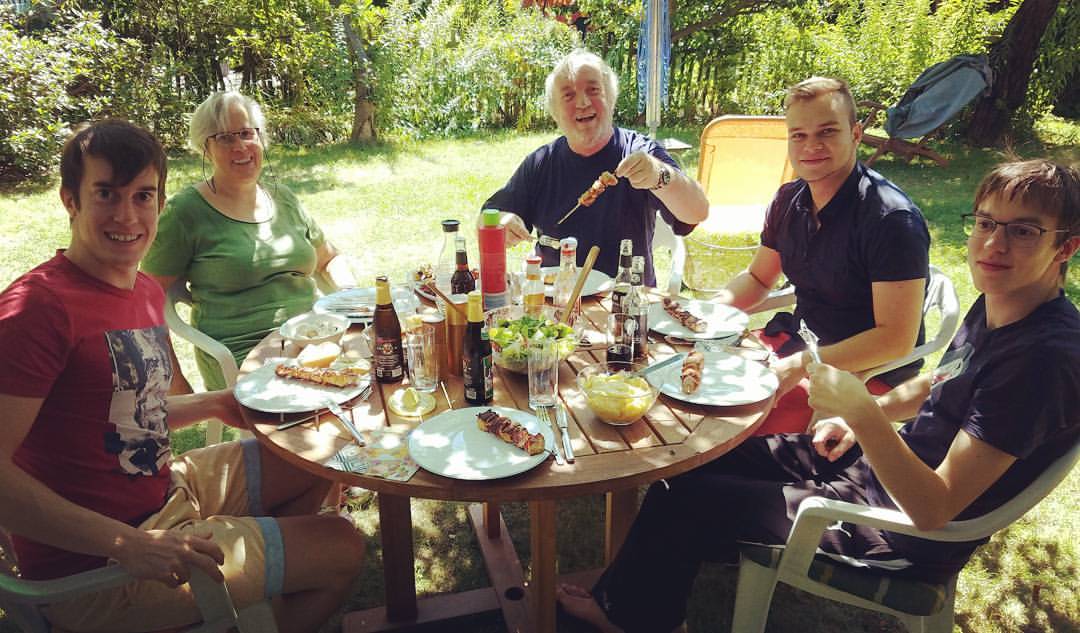
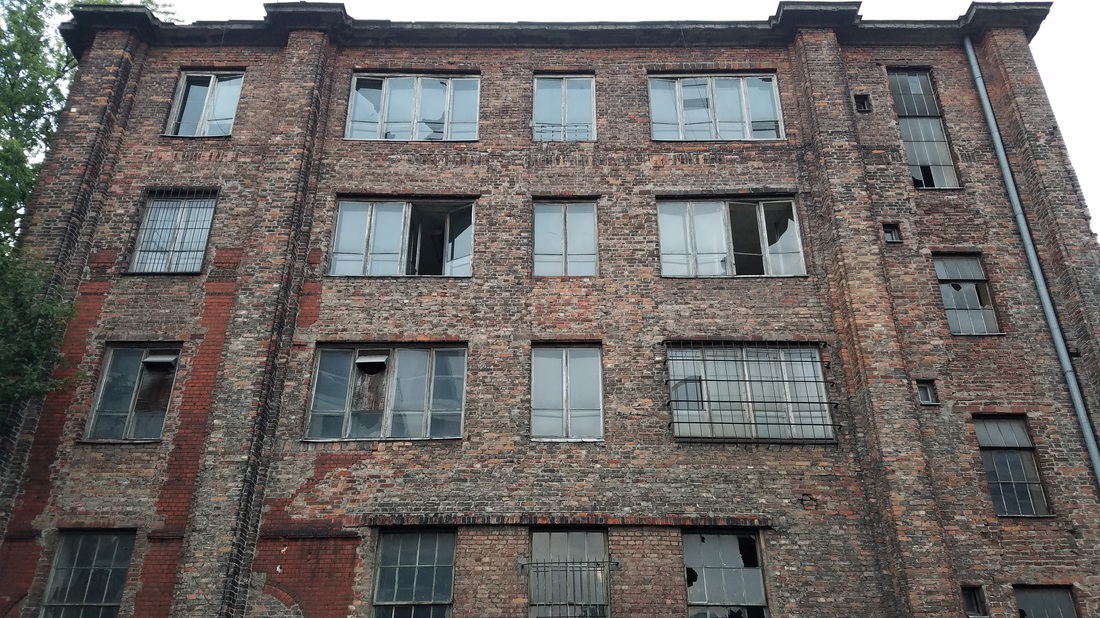
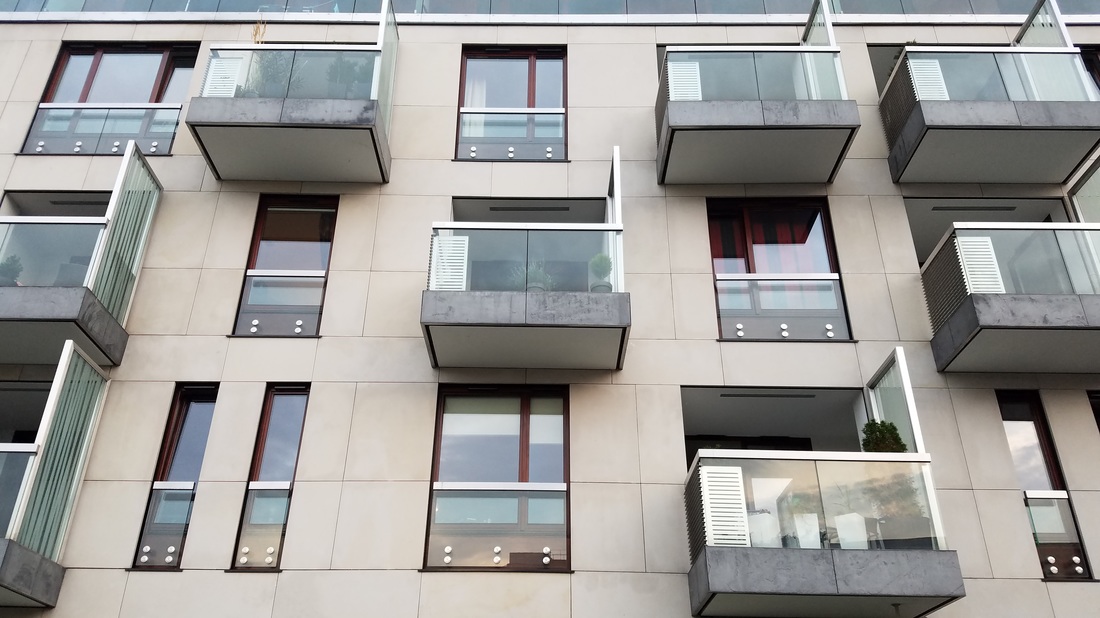
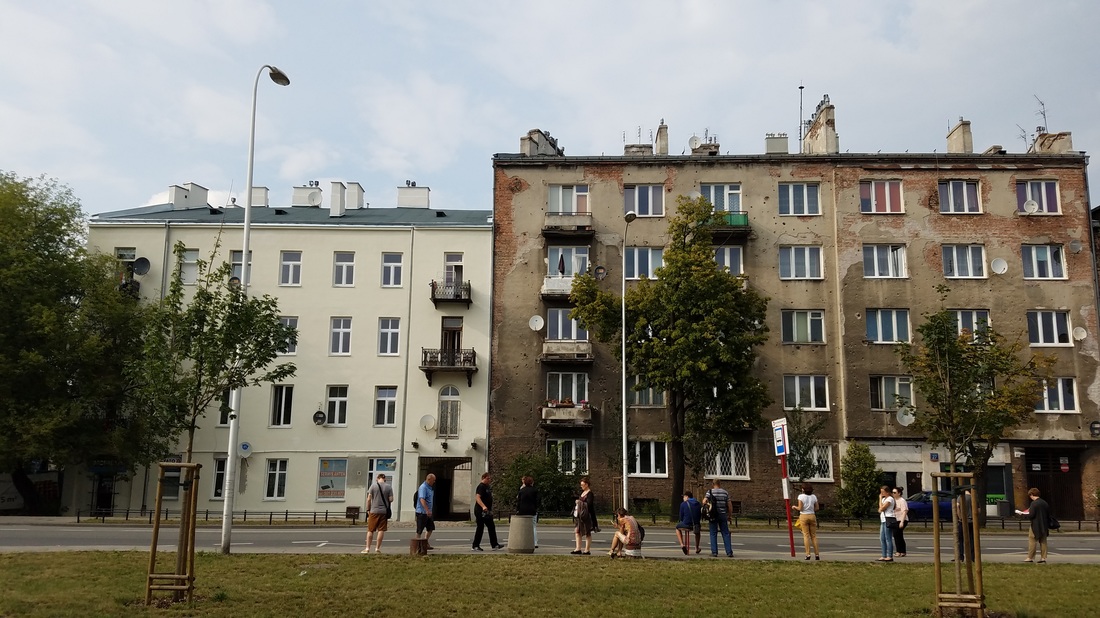
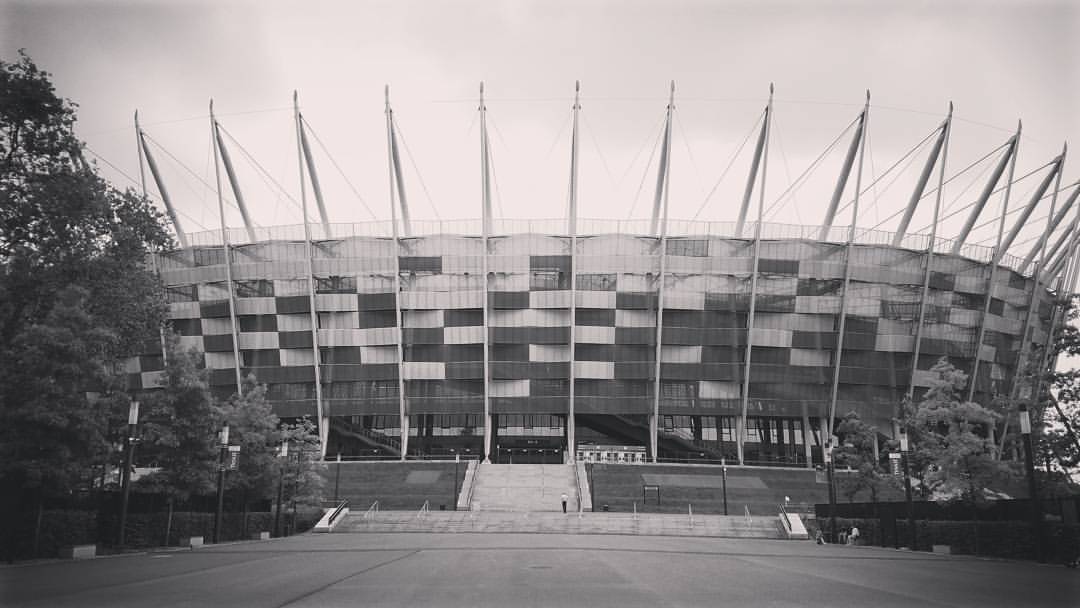
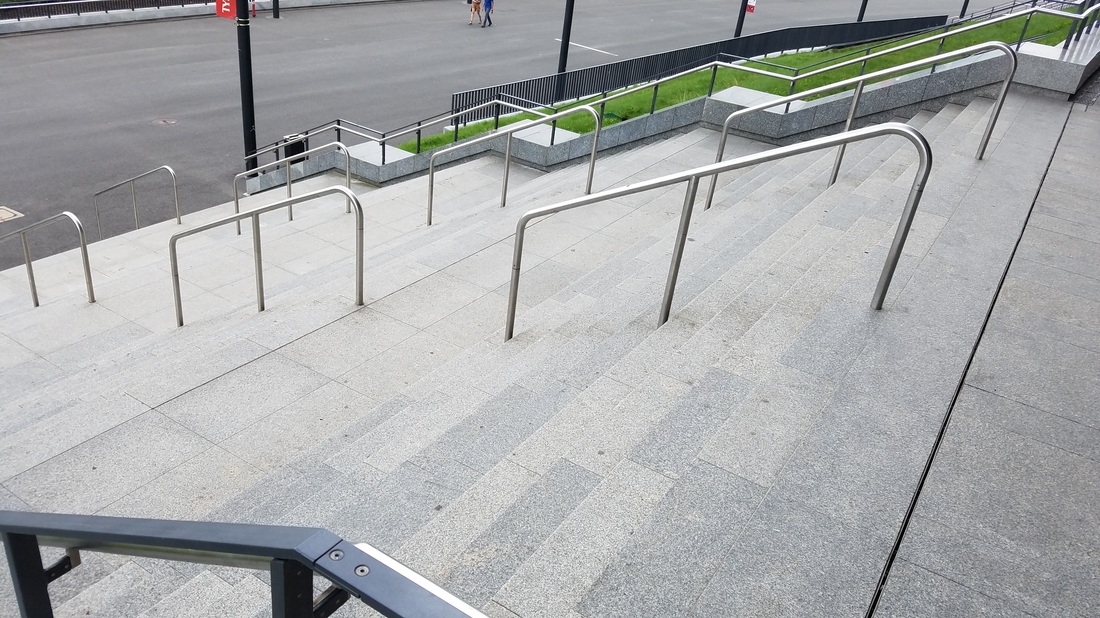
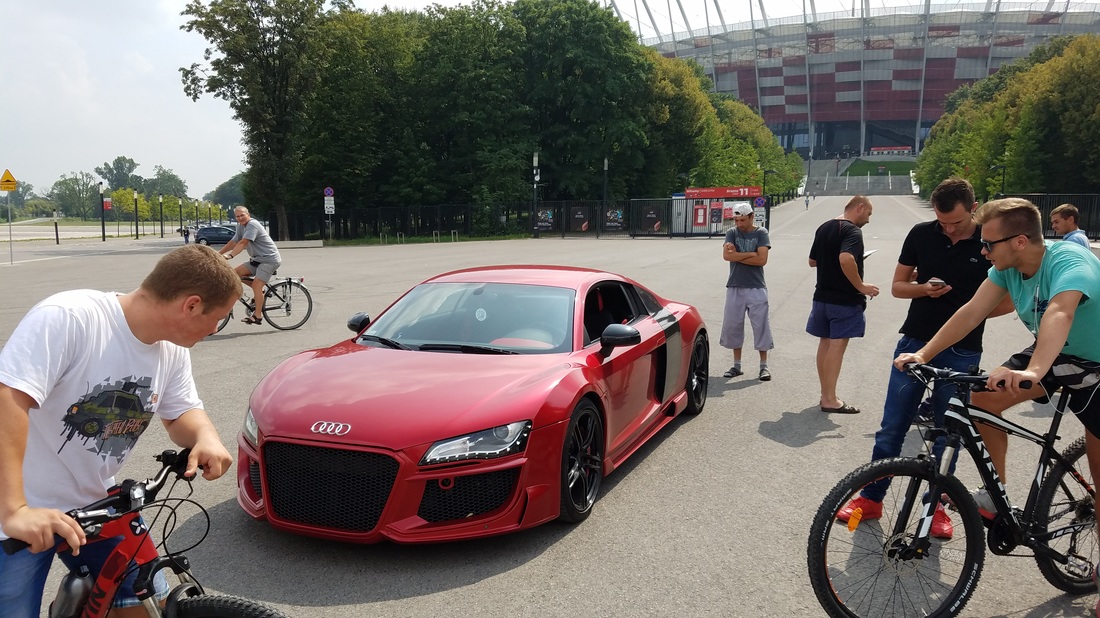
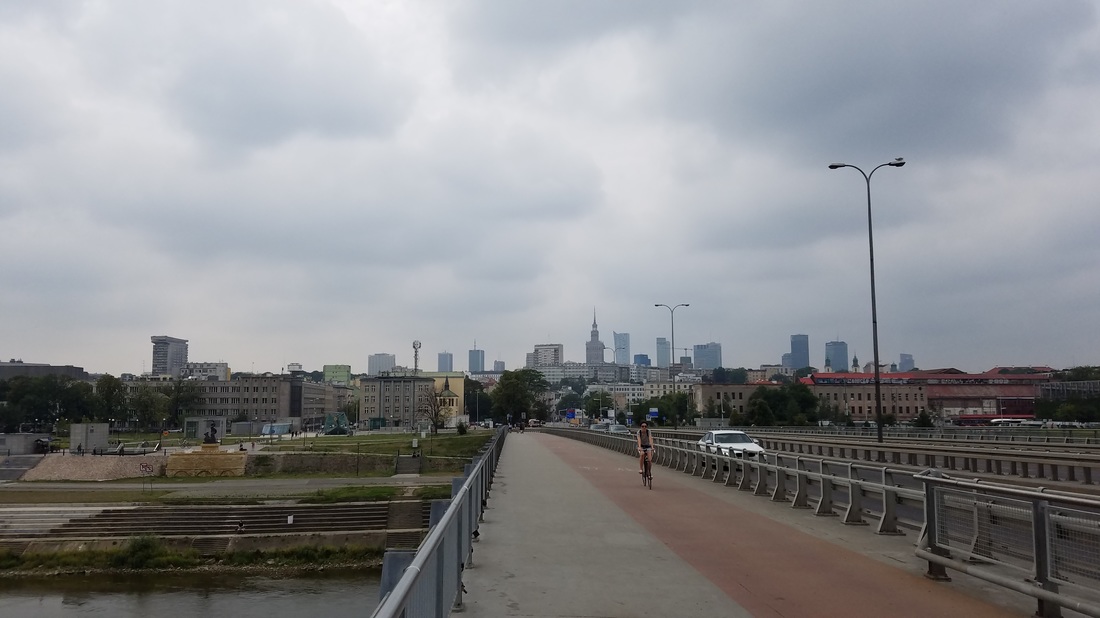
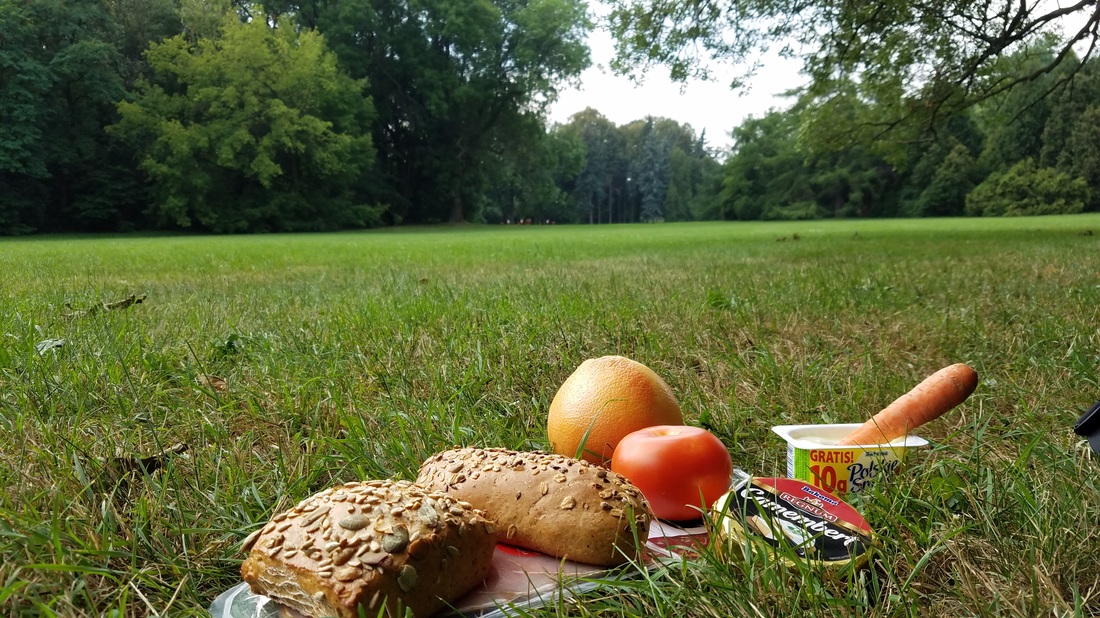
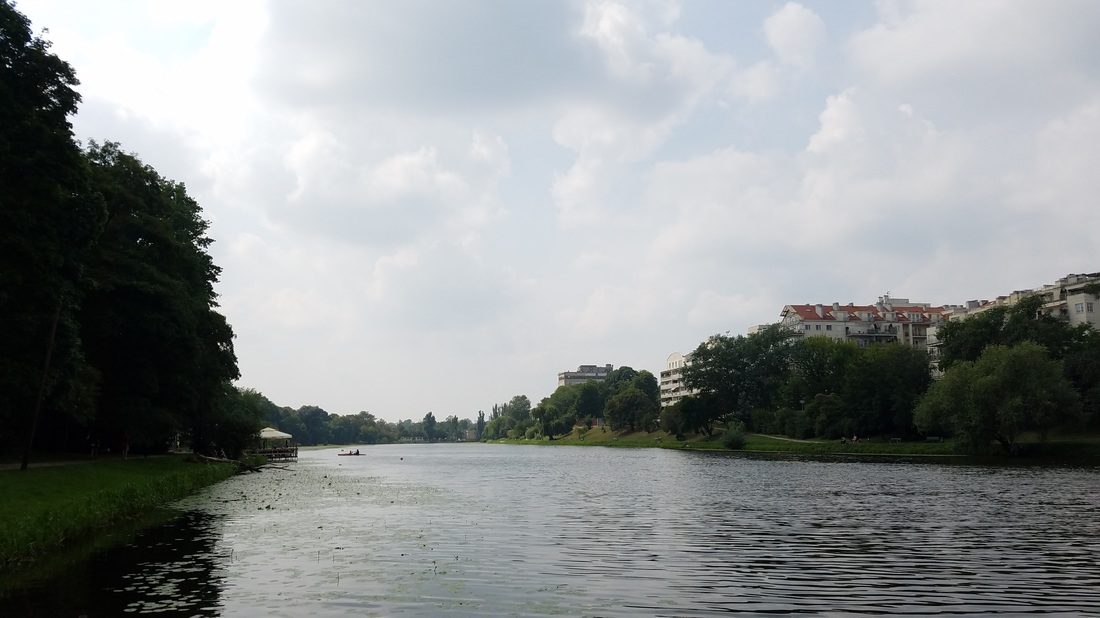
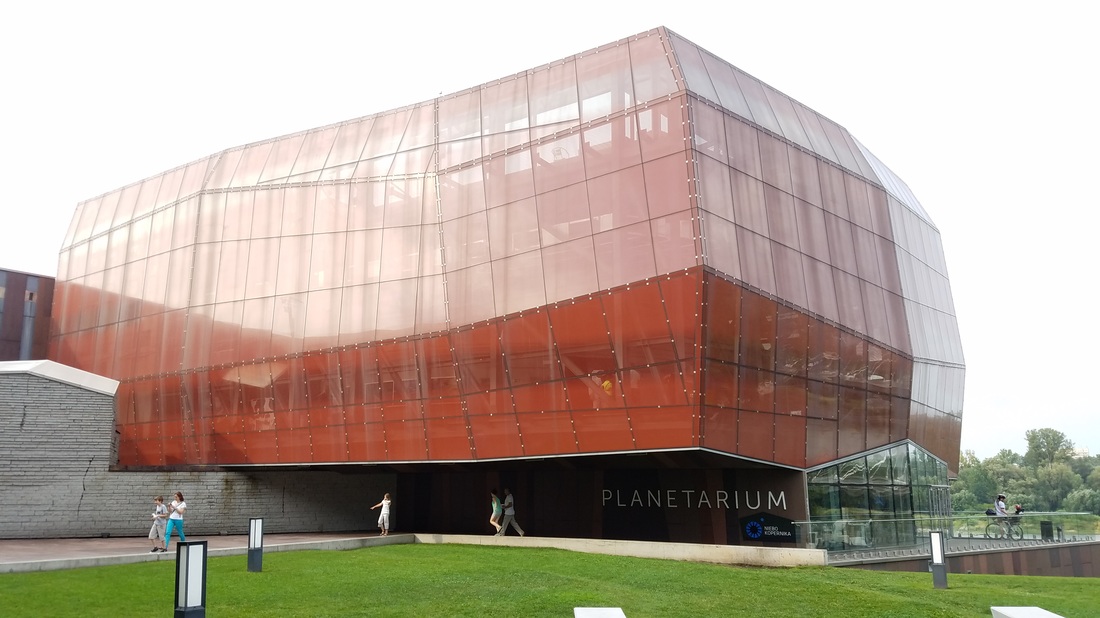
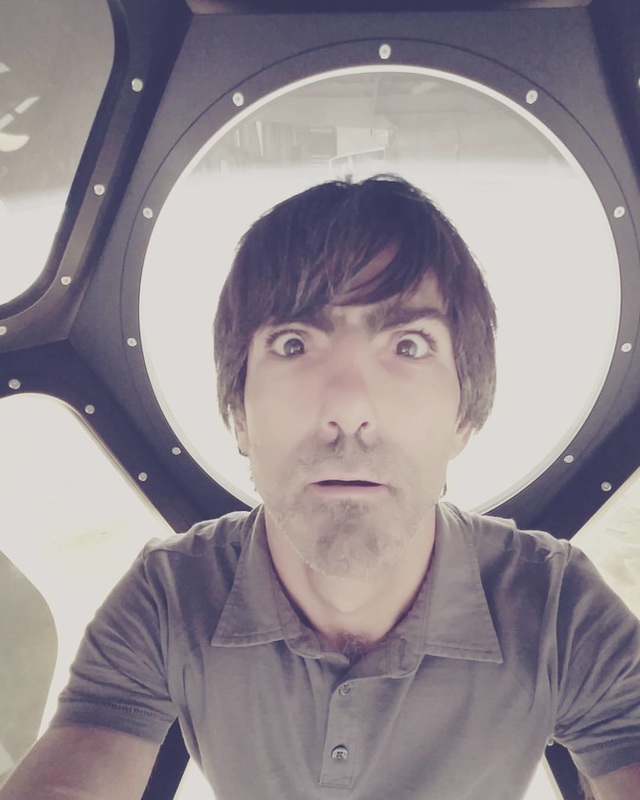
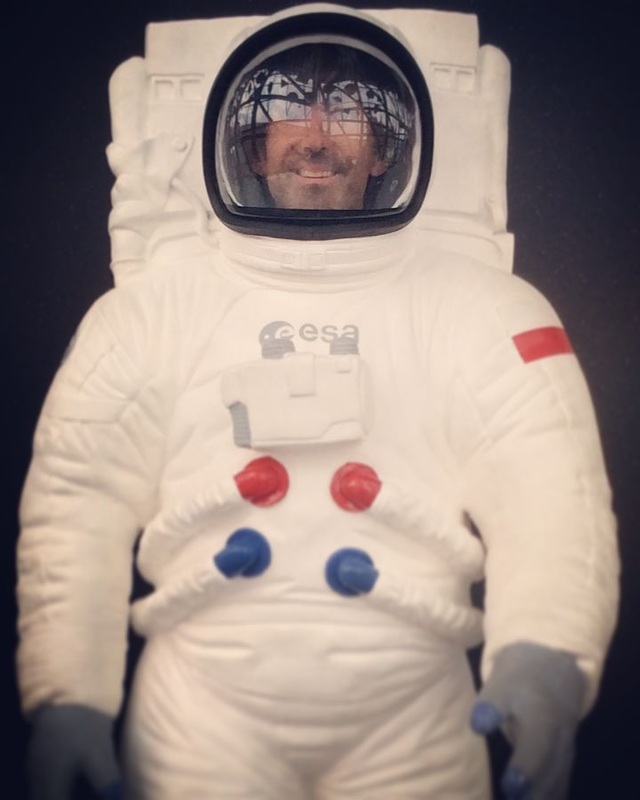
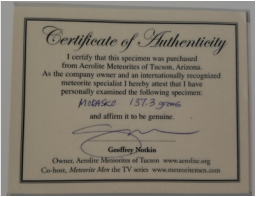
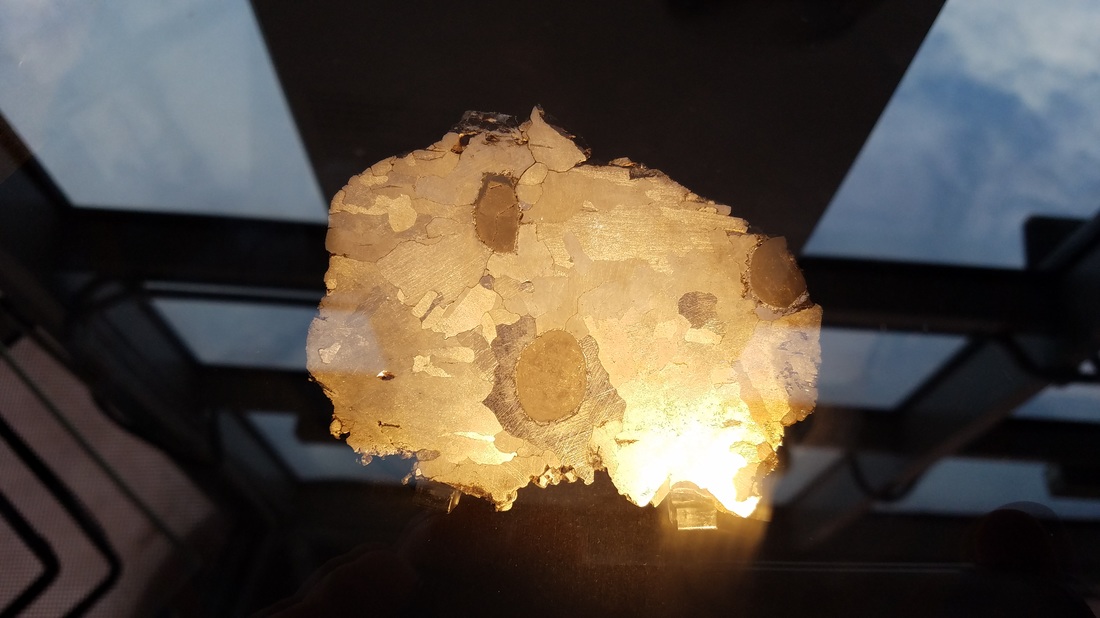

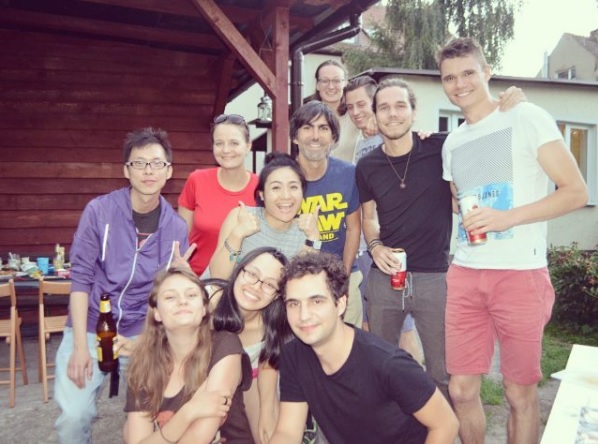
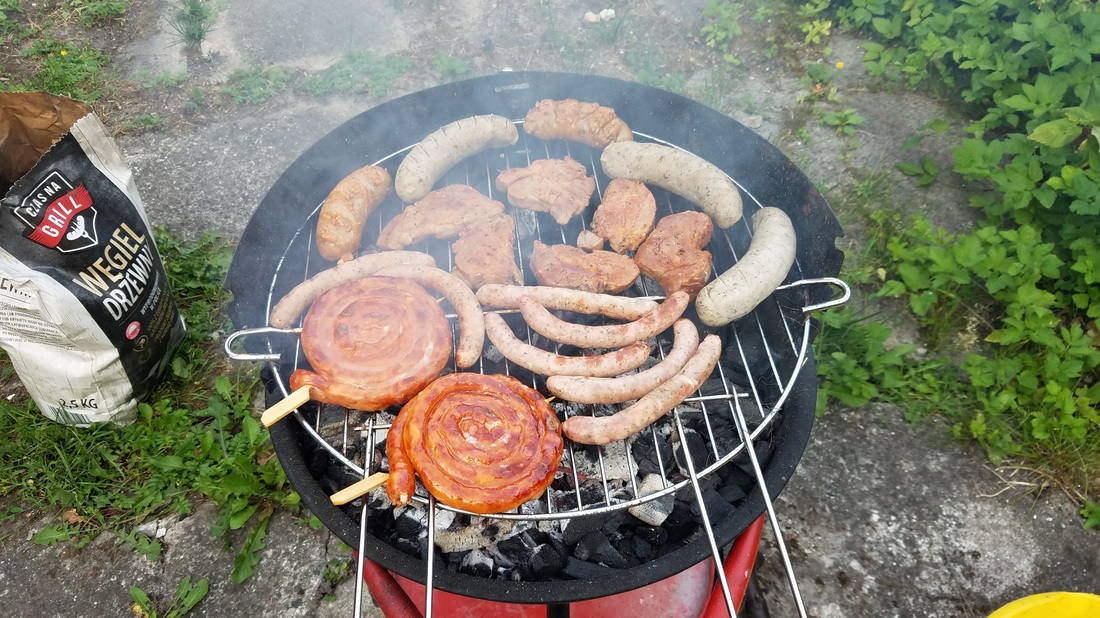
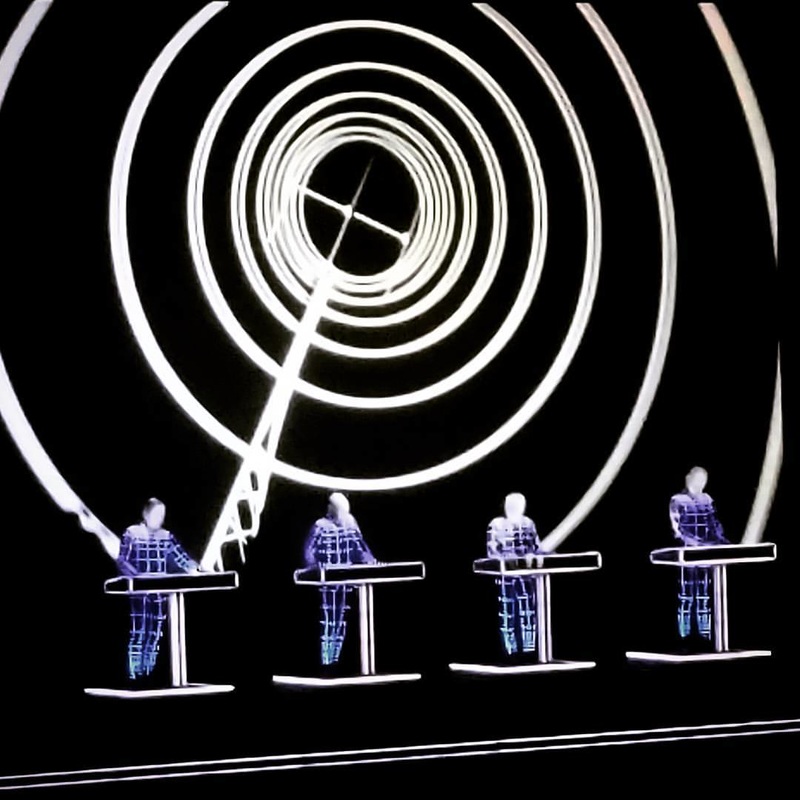
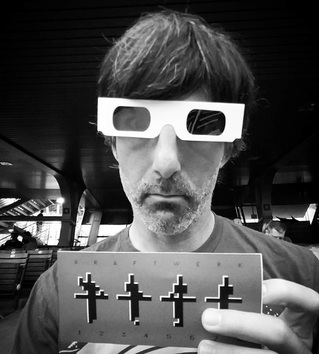
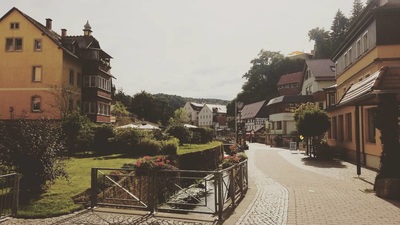
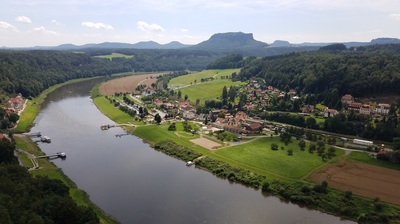
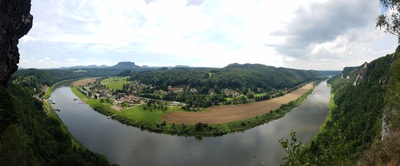
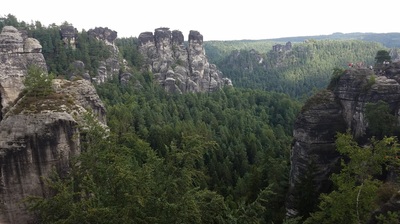
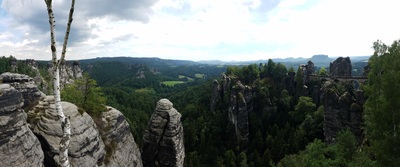
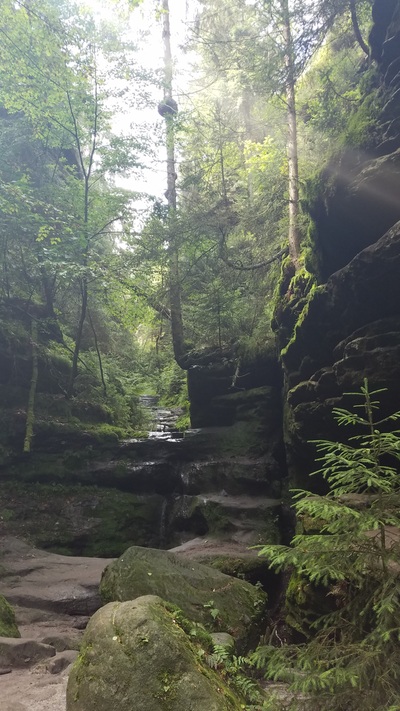
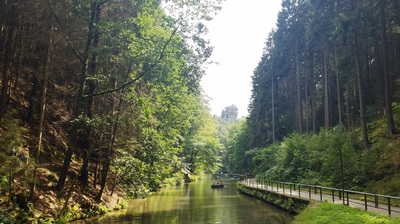
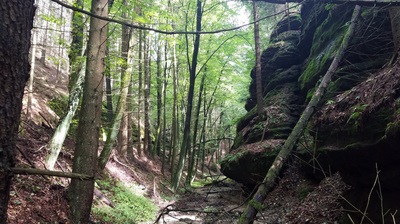
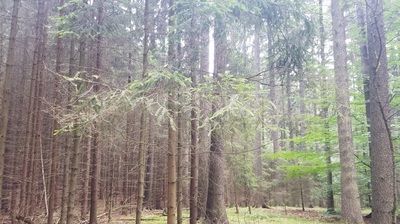
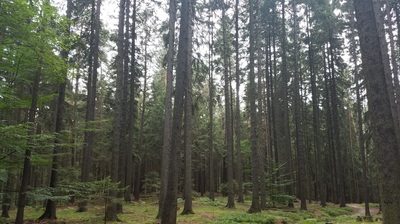
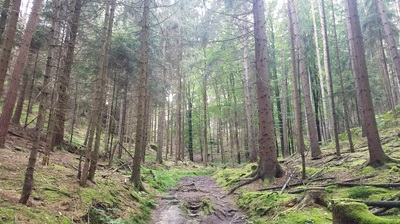
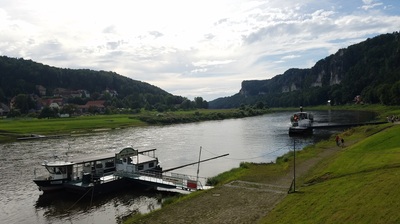


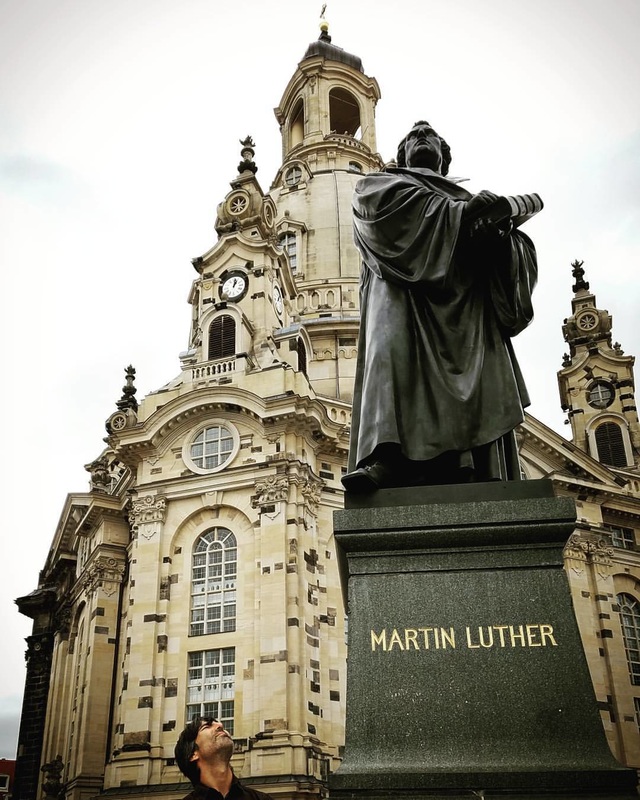
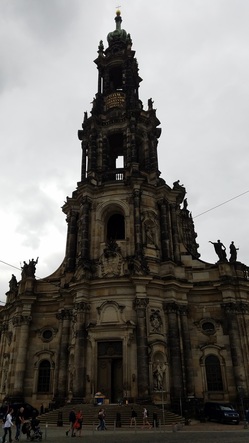
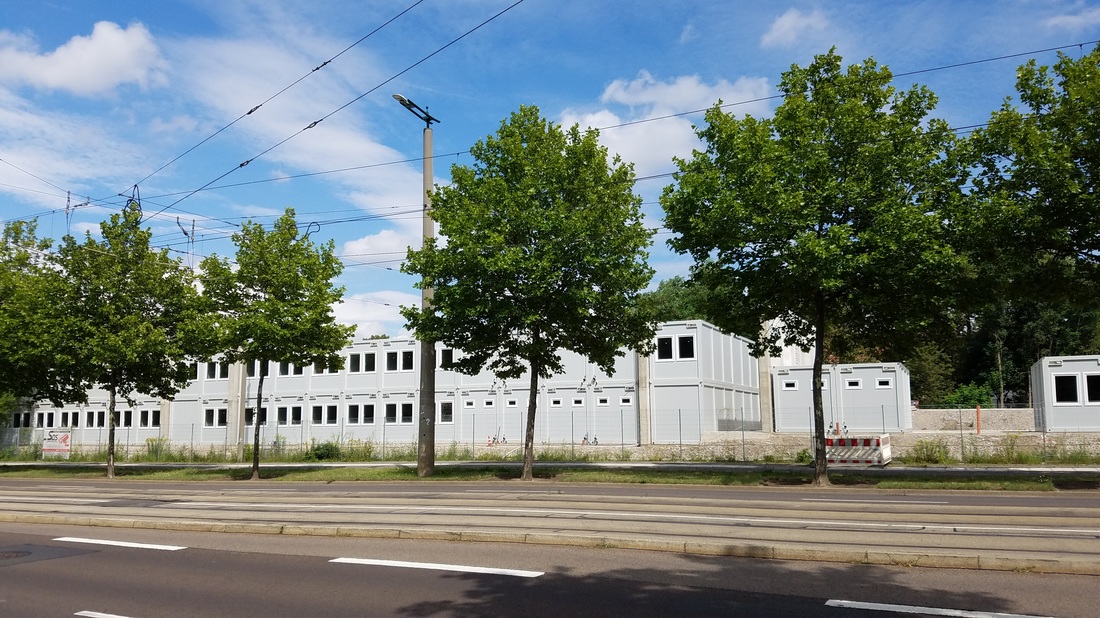
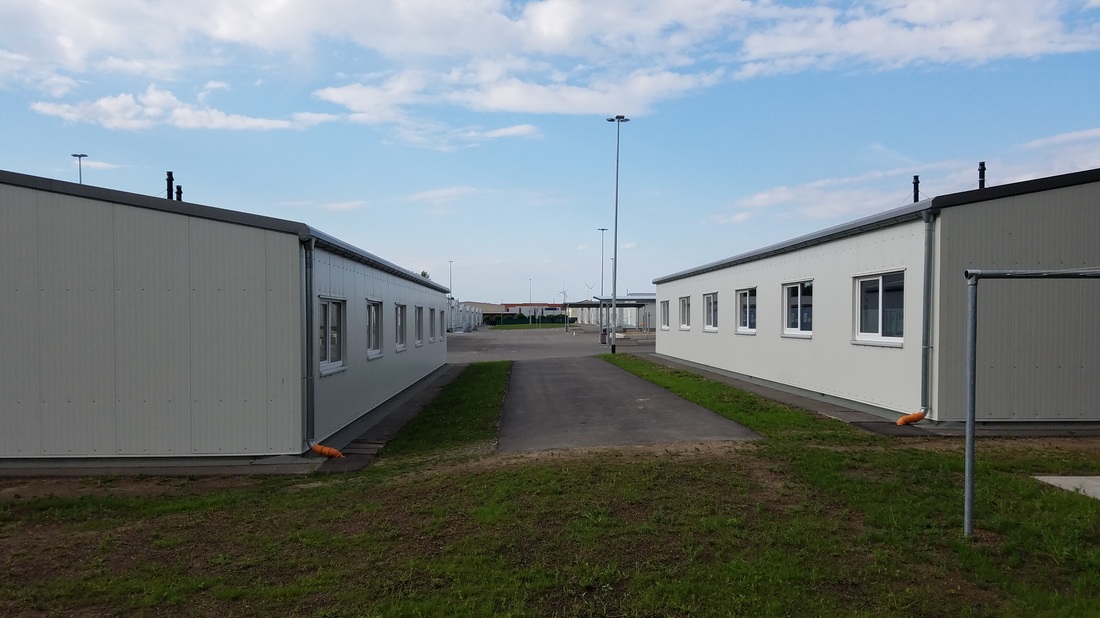
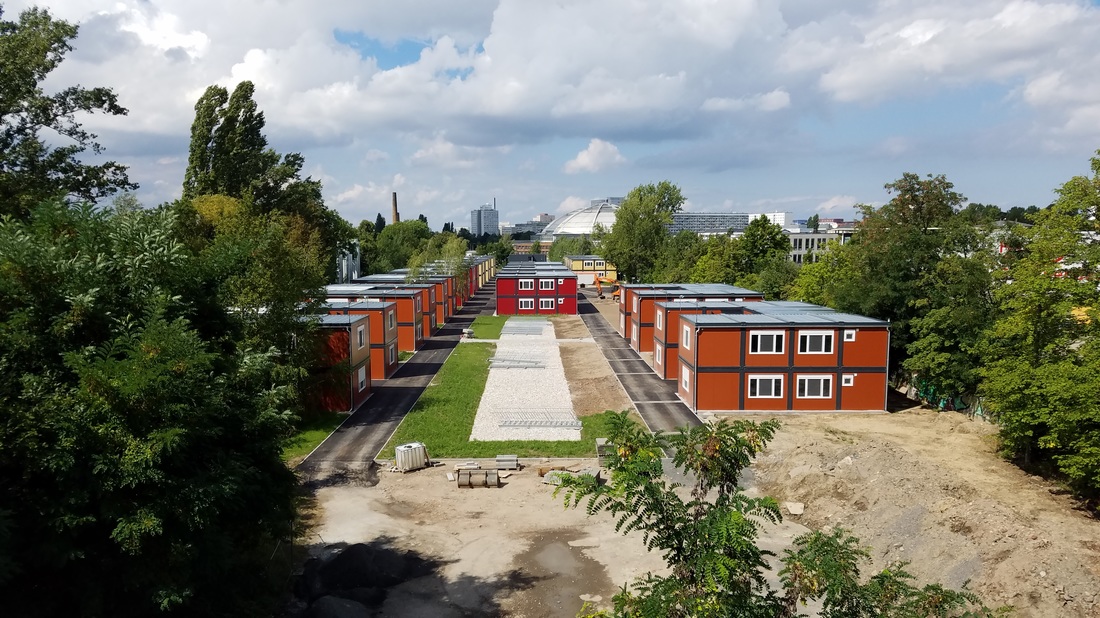
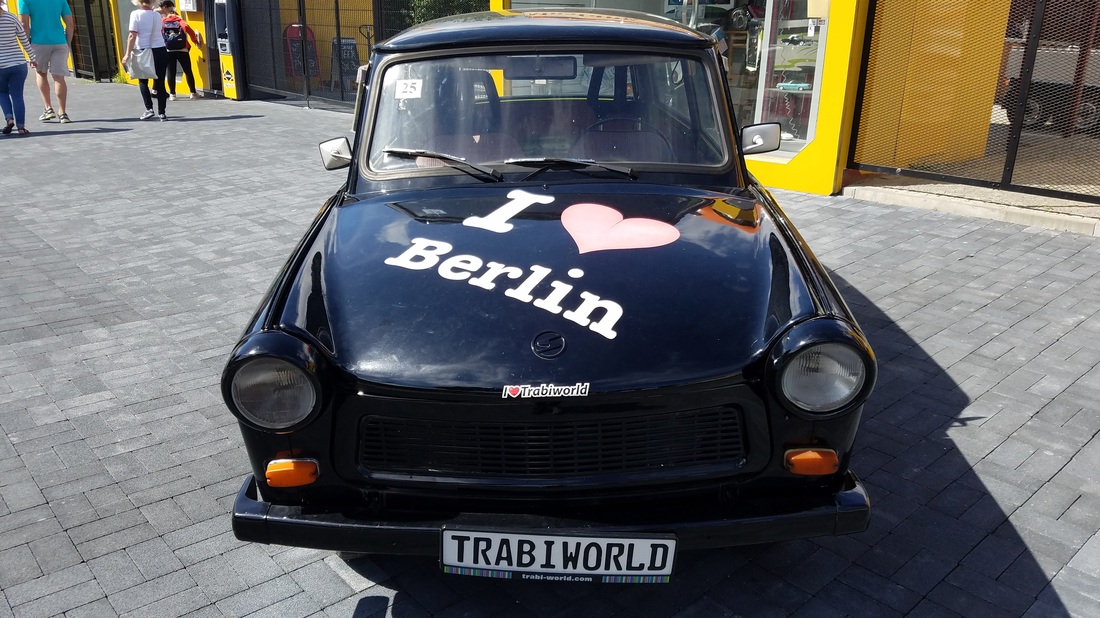
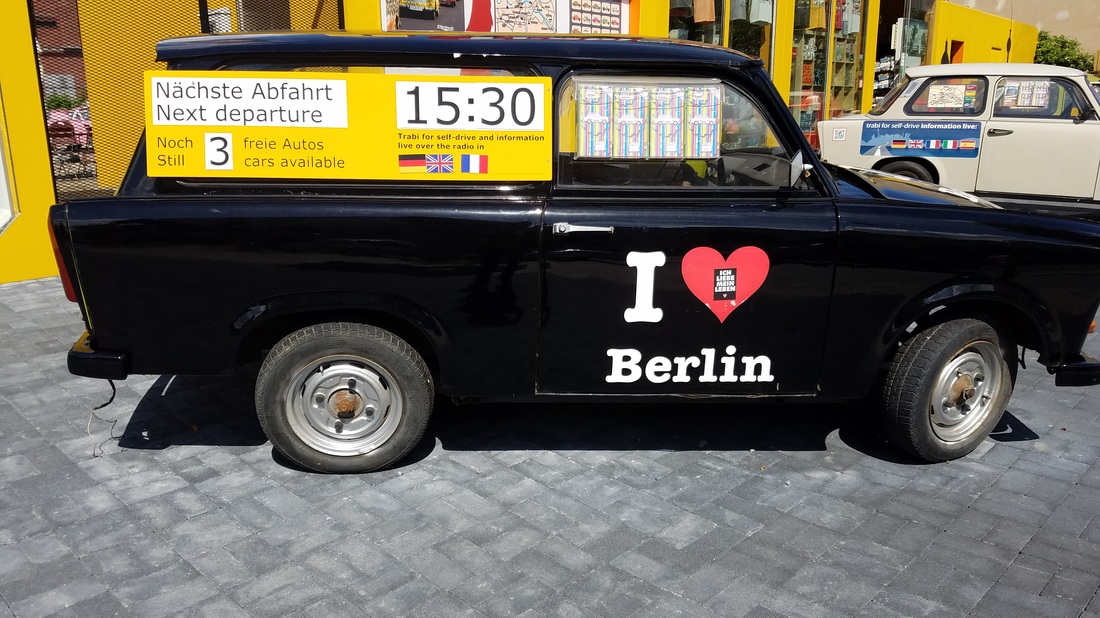
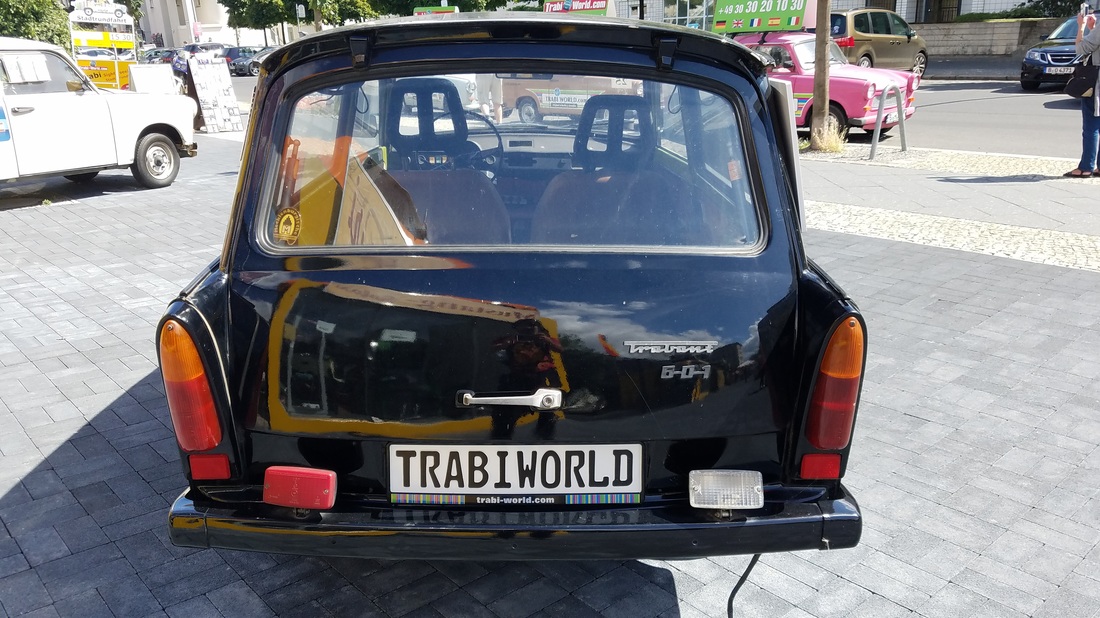
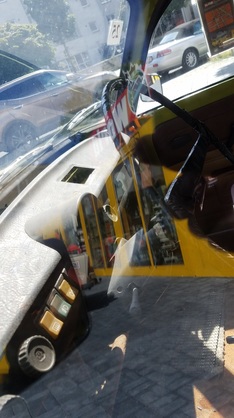
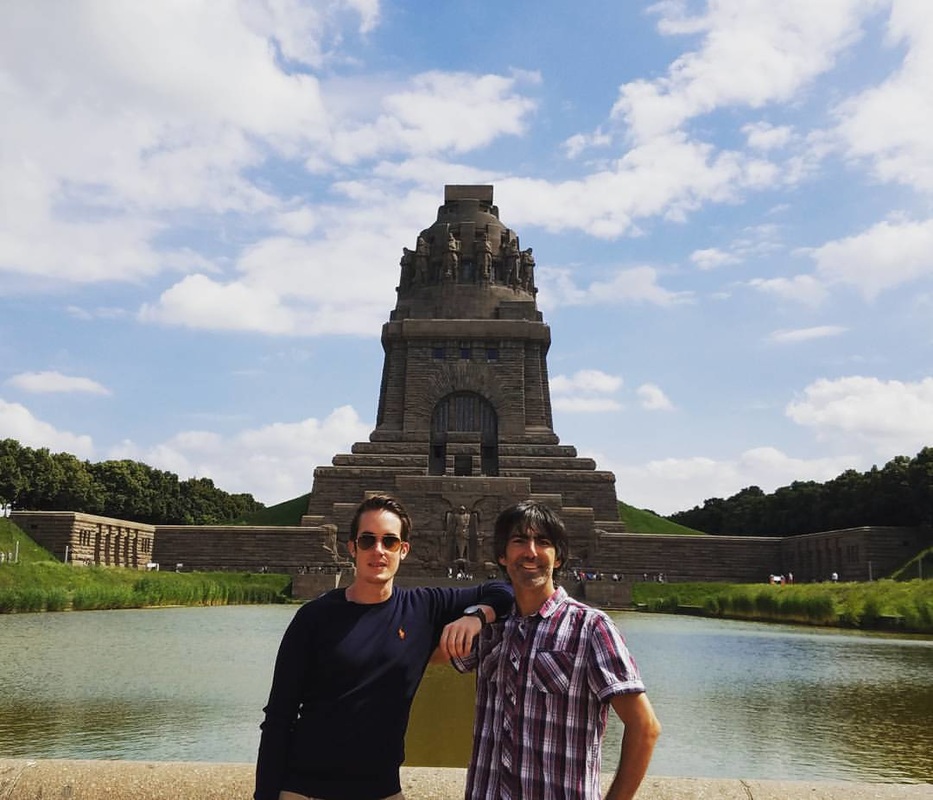
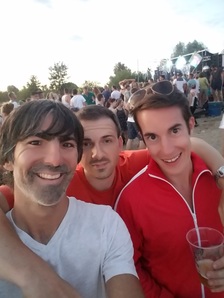

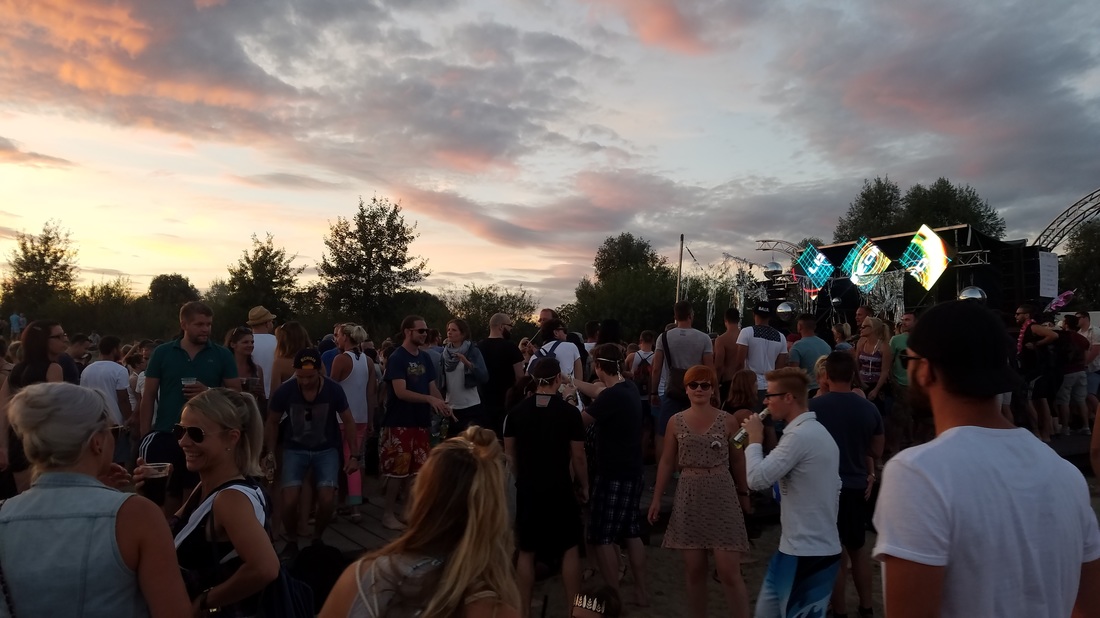
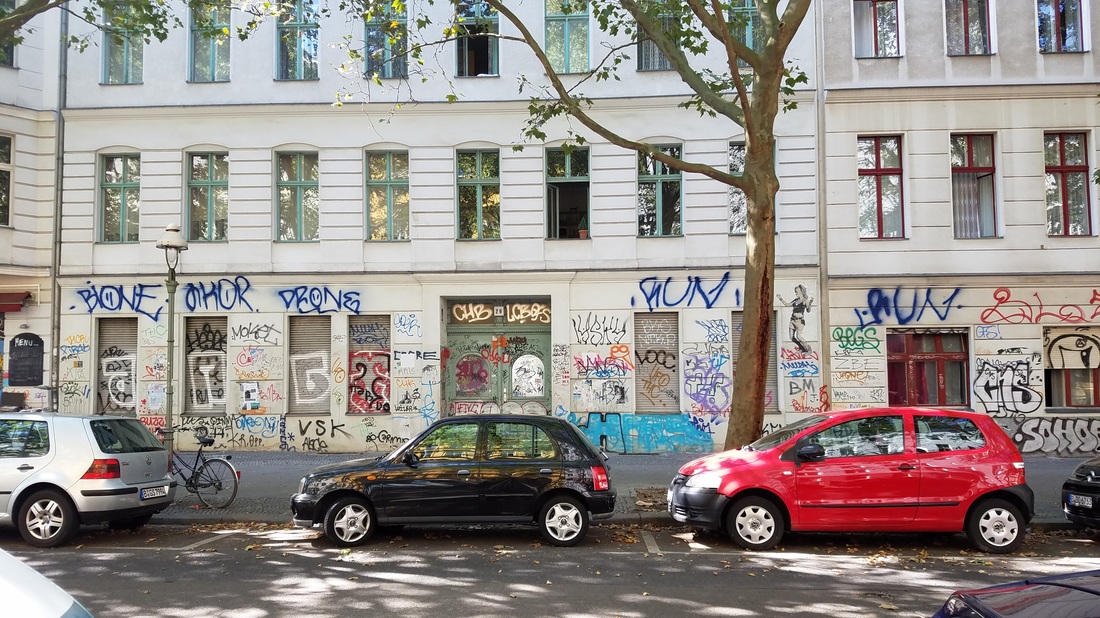
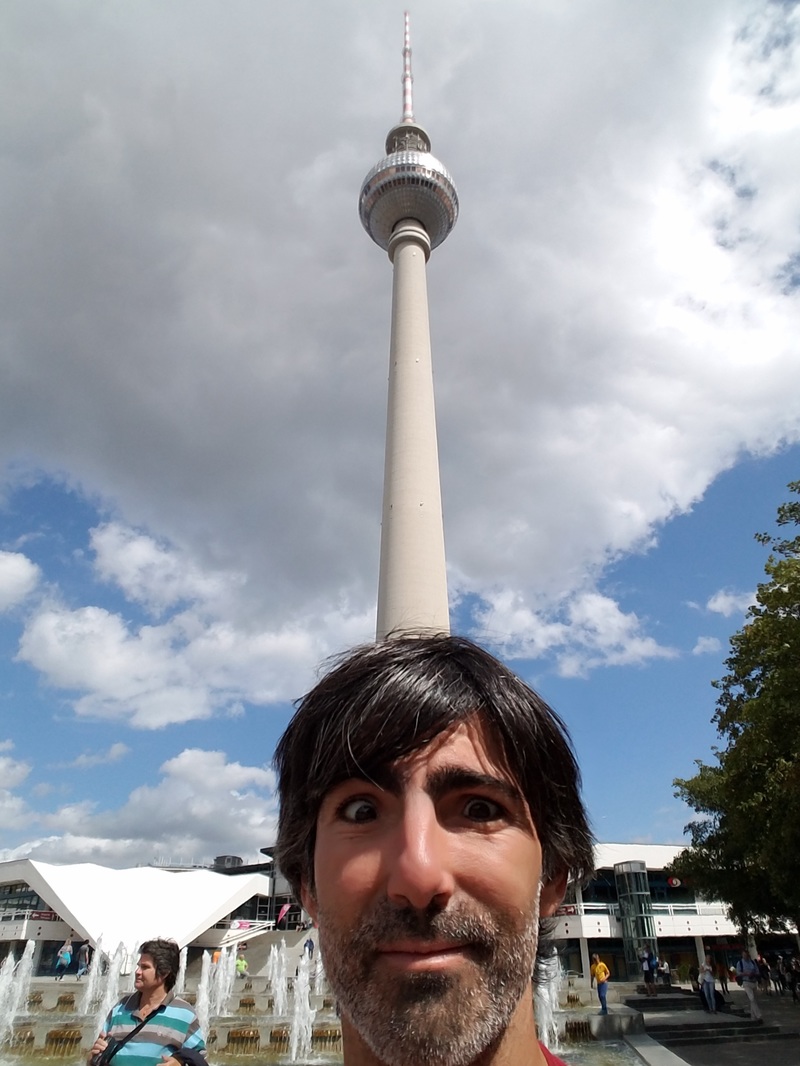
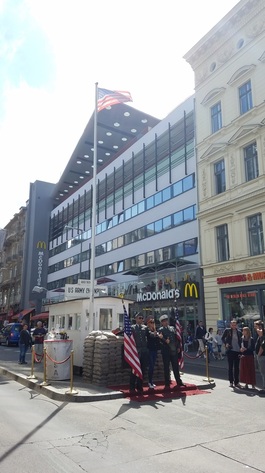
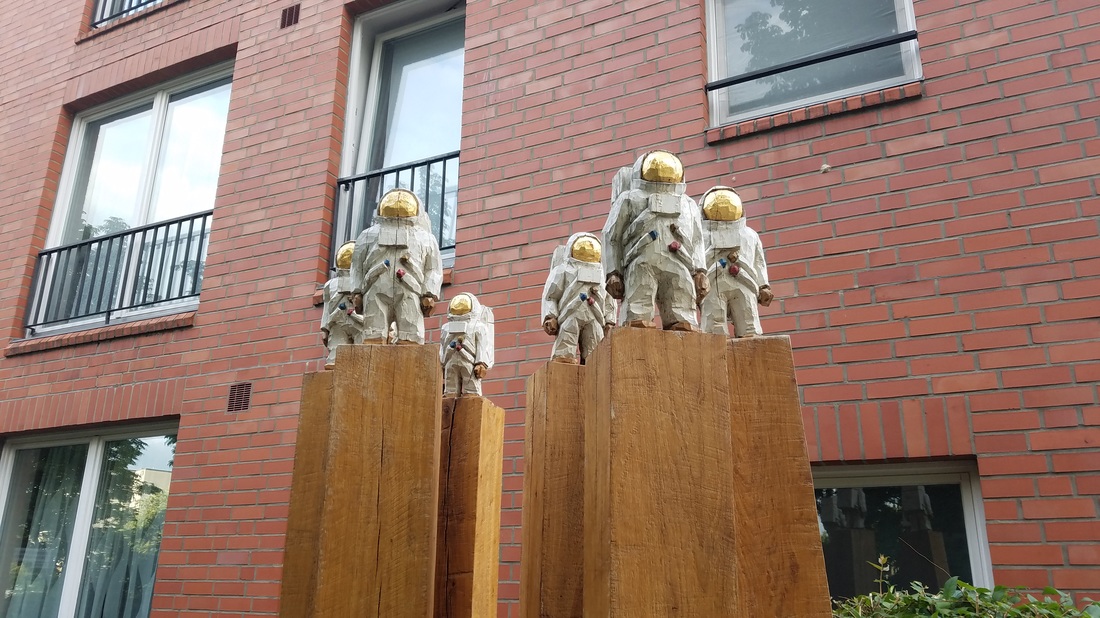
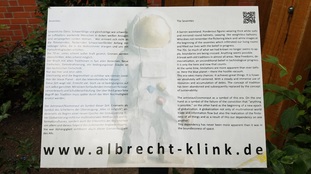
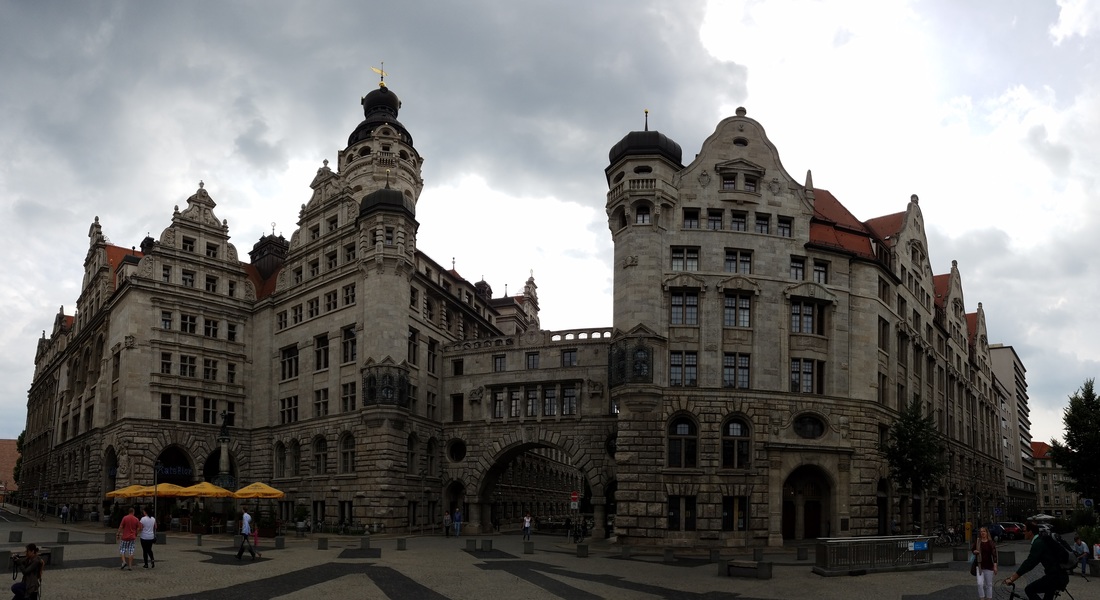
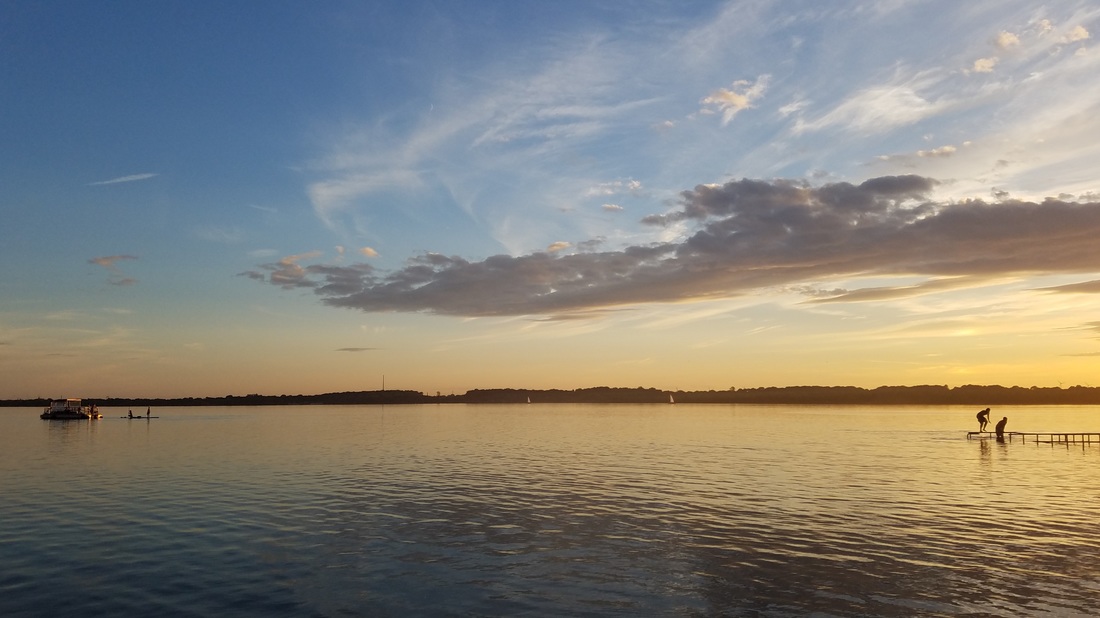
 RSS Feed
RSS Feed